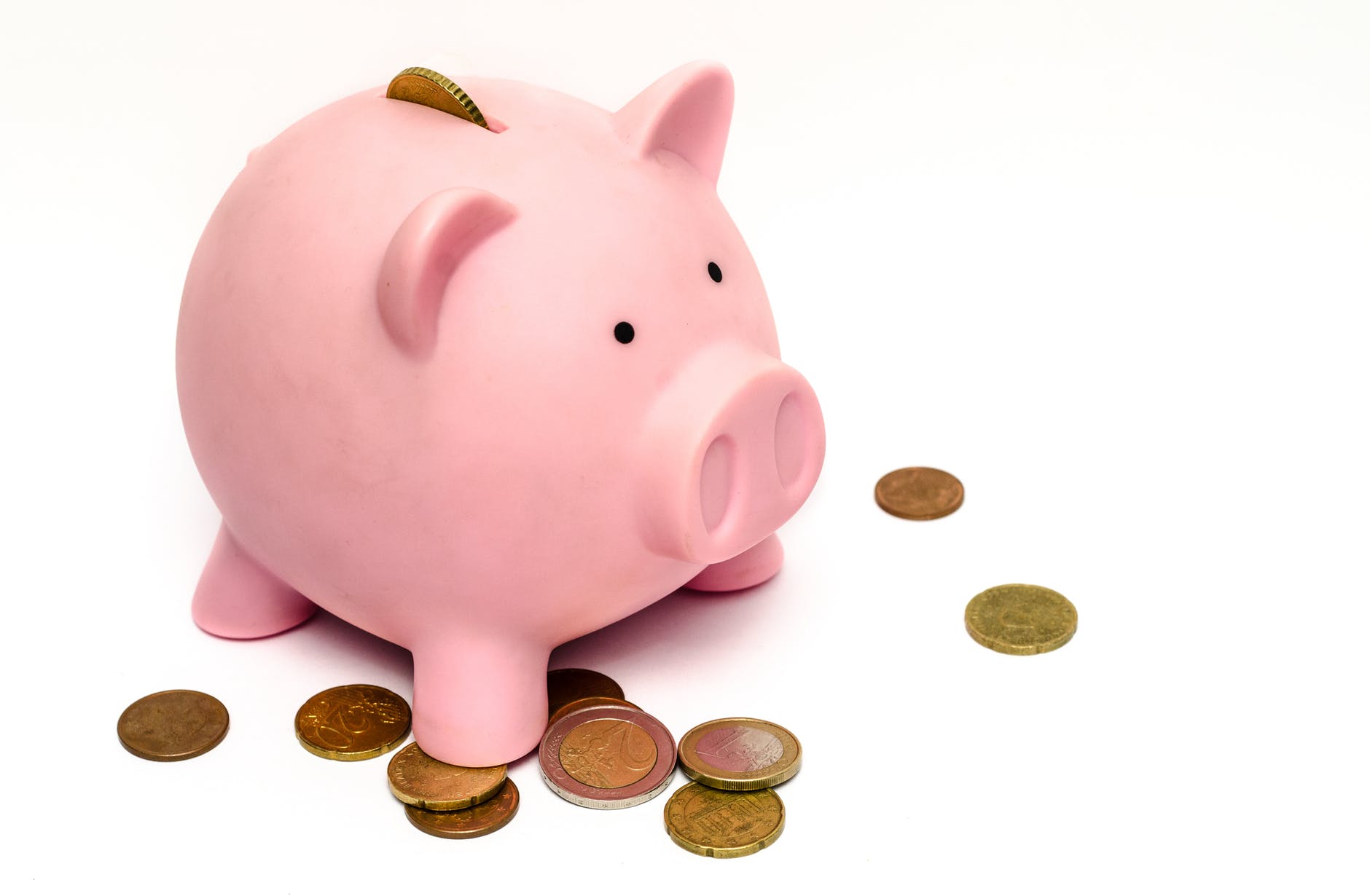
Using equipment financing offers a smart alternative source of capital, along with a flexible option to acquire business-critical equipment and assets. With today’s economic climate and the fast-moving pace of technological obsolescence, over 80 percent of companies in the U.S. use a type of equipment financing.
With equipment financing, companies can get the equipment they want need for a fixed rate, for a certain period, without having to buy the equipment from working capital or cash.
With leasing, it’s possible to avoid some of the most common uncertainties that are associated with the ownership of equipment, and instead, lets companies focus on using the assets or equipment to grow and run the business. Some of the specific benefits offered by equipment financing can be found here.
Understanding what this option has to offer is one of the best ways for a business to determine if it is an option that meets their needs and the long-term success of their business.
1. Cash Flow
Getting help from equifyfinancial for the purchase of business equipment means that a company’s cash will be free and usable for other purchases and needs. In fact, being able to preserve this cash flow, rather than having to deal with conventional financing, is one of the most attractive benefits offered by leasing.
With a “true” lease, it’s possible to take advantage of affordable financing options. This is because the lessor is going to be able to benefit from the various tax breaks that are passed to the person leasing the equipment. This is provided in the form of significantly lower payments.
If the lessee isn’t able to use the tax depreciation to offset the taxable income that’s due for the current operating losses, the loss will carry-forward, or another type of minimum tax will apply. The bad news is, if this happens, the depreciation benefits may be gone for good if the lessee decides to buy instead of leasing.
2. Capital Conservation and 100 Percent Financing
When a business opts to lease, rather than buy, it doesn’t require the business to pay out a large amount of money upfront, which makes it possible to overcome and avoid budget limitations. The current cash-on-hand along with the lines of credit business has can remain liquid. This means it can be used for other needs that have higher ROA or ROE metrics.
Also, leasing offers 100 percent financing. Most traditional equipment loans require the buyer to make a down payment. The majority of the “soft” costs that may be incurred when getting the needed equipment can typically be added to the financed amount. Some of the costs that can be included are the delivery charges, use taxes, interest charges on an advance payment, training costs. These costs aren’t typically financed under an alternative financing method.
3. Upgrade the Outdated Equipment Being Used
Based on the type of business that’s in question, equipment leasing can help a person remain on top of the newest and latest advances in both technology and equipment. For example, how long does the company plan on keeping the asset?
If they only have plans to keep it for a short period, they may find that leasing is a better option than buying and then attempting to resell it when its no longer required. It’s also possible to determine the term of the lease that works for the business, so if technology matters, it’s possible to acquire a shorter lease that will make sure the equipment can be replaced regularly to remain competitive.
4. The Potential of Tax Benefits
Business owners have to remain aware of their tax situation at all times. With lease financing, a business can see several new benefits related to the taxes they own and must pay. In some situations, leasing offers businesses a full deduction of the lease payments against their current earnings.
However, it also preserves the business’s working capital that would not be available if the equipment was bought, with cash, upfront. It is always a good idea to check with a person’s tax advisor to figure out what specific benefits are offered for the business related to taxes.
5. A Better-Looking Balance Sheet
Making a monthly payment on a lease for needed equipment is something that is seen as a business expense, rather than as long-term debt. By having very little debt on the balance sheet it is possible to secure needed financing to fund a business. Everyone wants to make sure their balance sheet looks as great as possible and this is one way that makes it possible to do this.
Remember, the credit business has is separate from the owners. This is the way it should be. However, if a business doesn’t have good credit, it can lead to issues trying to get the loans and financing needed down the road. By leasing equipment, this isn’t the case. It looks good when it comes to a business’s finances and will ensure the business can continue to grow and succeed.
Finding the Right Lease Provider
When it comes to leasing new equipment, there is no question it offers an array of benefits for any business. While this is true, not all lease providers are the same. As a result, it’s important to make sure that the right service provider is found and used.
Take some time to get to know the different options that are available in the leasing industry to ensure a company that has the experience to provide the needed financing is used.
When it comes to leasing equipment, there are more than a few factors that must be considered. While this is true, there is no question that this option for getting needed equipment and assets is one that makes a lot of sense for any business, regardless of the size or type of work that is done by the company.
Being informed is the best way to ensure that the desired results are achieved.

